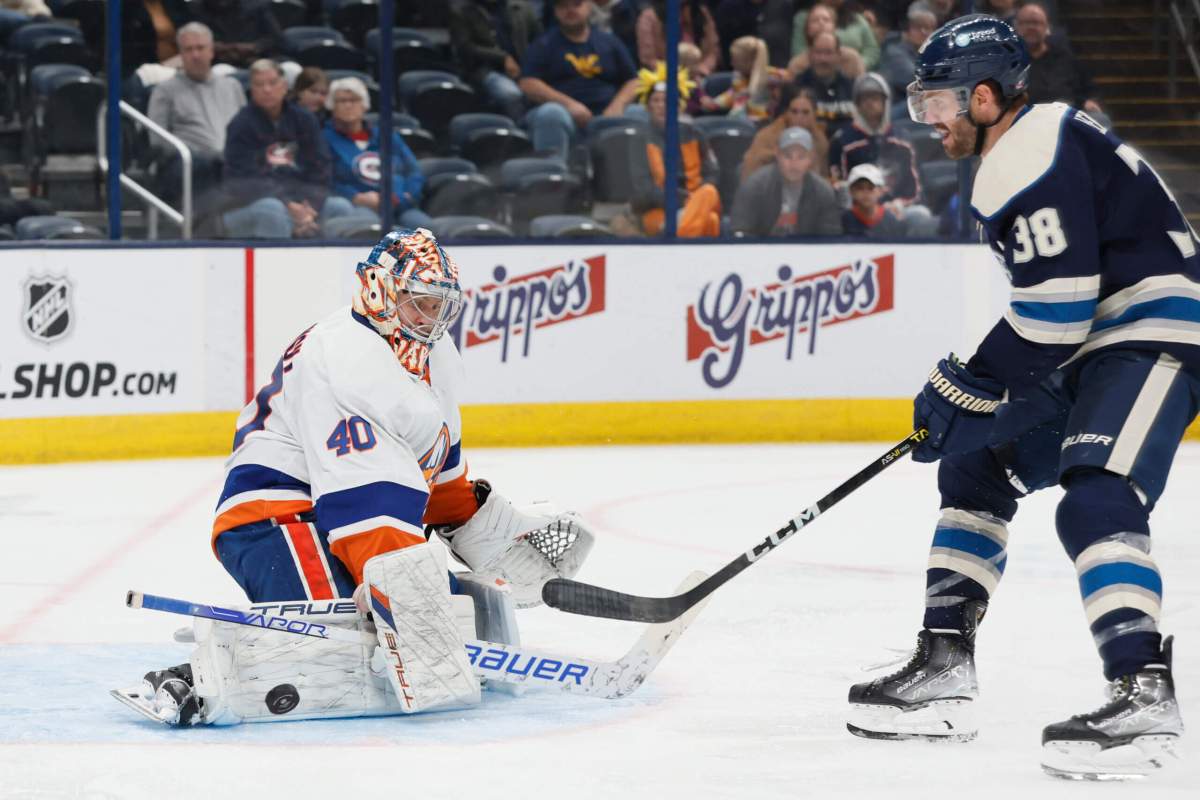Ryan Coogler was almost a Philadelphian. In high school the filmmaker — of “Fruitvale Station” and now the “Rocky” semi-spin-off “Creed” — played football, and one school he visited University of Pennsylvania when he was scouting out scholarships. He wound up at Saint Mary’s College of California, where he eased into writing and then into filmmaking. But he always loved Philly, and was stoked to come back to make a film about not just Sylvester Stallone’s Rocky but his new mentee, aspiring boxer Adonis, played by his “Fruitvale” star Michael B. Jordan. “Creed” follows some of the beats of the “Rocky” films but it doesn’t look like them. How conscious were you of making sure it honors the franchise but lights out on its own?
My thing in initially pitching it was this was a different thing. It takes place in the “Rocky” universe and obviously it’s in that cannon. But one of the ways we got Sly on board was we said this would be something new. That’s what made him interested. If we were just making another “Rocky” movie I think he would have stopped us right at the door. At the same time we had respect for the history and for the fans. There are certain things people expect from this type of film, no matter who’s making it. But I always pitched this as a move that was very personal, would be done in my own style. Sly was encouraging of that, as was everyone else. RELATED: Interview: Michael B. Jordan talks “Creed” and how he still boxes This is unusually handmade for a studio film, but it’s still a studio film, with a decent budget. How did you handle moving from indies to something this size?
It’s just a different process. “Fruitvale” we made for less than a million dollars. This was 35 times that. You get more time, but you still show up and it doesn’t feel that different. It feels very similar. You clock in at the same rate. You look around and there’s more people and more tools, but at the end of the day it’s kind of the same. It felt similar to sports. You play high school football, then, if you’re fortunate enough to get a scholarship, you play college football. You still play on the same field. The rules of the game are the same, but it’s just moving a little faster. There’s a little more pressure. That’s how I felt. What about dealing with studio figures themselves?
The studio element comes with its own benefits and its own challenges. A benefit is you have a release date before you start shooting. That was another language to me, because I come from independent films, where you shoot a movie and you hope someone’s interested enough to put it on Netflix or it gets into a film festival. With this, even before your roll the cameras, you know it’s going to theaters. With that also comes a little more pressure. You’ve got a company that’s putting their money into the project, so they want to be kept in the loop. They want to be involved in the decisions. They want to know what’s going on. Sometimes you have to go through protocol before things can happen. RELATED: Interview: Tessa Thompson on what it’s like to shoot a “Rocky” movie in Philadelphia What about the fight scenes? That’s an entirely new style of shooting for you.
What’s interesting about Sly is he was the writer, the director and the star, but a lot of people don’t know he was also a fight coordinator. The way the fights felt and looked, he was responsible for a lot of that. He was interested in knowing how we were going to do ours. We were concerned about how to make them work, and he gave us a lot of advice, for sure. One of the fights is done entirely in a long take. What was your motivation for doing that scene that way?
Boxing is interesting because you have all this prep work with the trainer. But then you’re left alone when you go out there. It’s a completely solo sport. You’re left on your own, then you come back a minute, then you go back out again. It’s kind of like ballet, where you from loneliness to security, loneliness to security. I wanted to do [the long take] because it’s the first fight where Adonis actually had a trainer. He had someone in his corner who knew what he was doing and had his back. It made sense to put us firmly in Adonis’ shoes and stay with him for those two rounds. You don’t give the audience a break. Follow Matt Prigge on Twitter @mattprigge


















